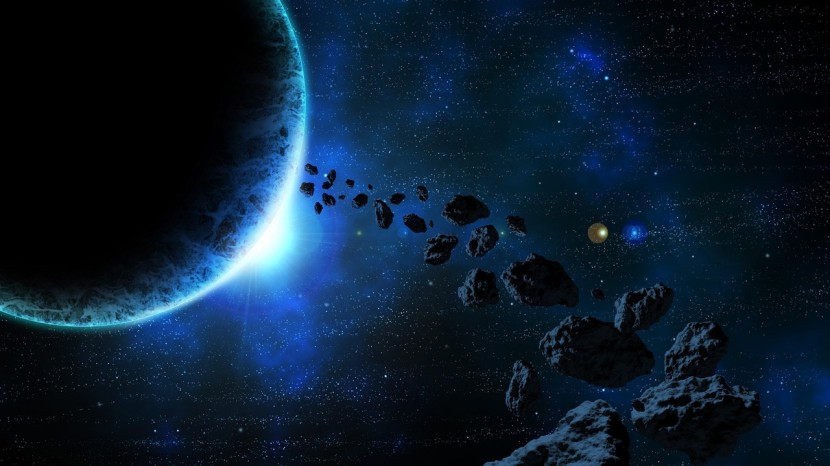
Over the weekend, an asteroid came staggeringly close to approaching Earth. The National Aeronautics and Space Administration has (NASA) divulged that the event caught them by surprise.
According to Paul Chodas, Director of NASA's Center for Near Earth Object Studies, "The asteroid approached undetected from the direction of the sun."
"We didn't see it coming. Yesterday's close approach is closest on record if you discount a few known asteroids that have actually impacted our planet,'' reported Express.
Small asteroid unlikely to be catastrophic
The asteroid was the size of a car and has zipped past Earth in what scientists pertain is the nearest flyby in history.
The space rock came ahead of a near-miss on Sunday, taking it within 1,830 miles (2,950km) of Earth.
Small by asteroid standards, 2020 QG has a diameter between 3 and 6 m (10-20 feet). The asteroid orbits the Sun once every 2.7 years at a distance of 1.0-2.9 AU (astronomical units).
The space rock was initially labeled ZTF0DxQ and is currently formally labeled as 2020 QG. It was swooped by Earth at only 1,830 miles (2,950 kilometers) away. This gives 2020 QG the moniker of the nearest asteroid flyby ever recorded that did not end with the asteroid's demise.
The event was the remarkably closest shave according to a catalog by Sormano Astronomical Observatory in Italy and asteroid trackers.
Due to its small size, the asteroid most likely would not have posed harm to people on the ground had it approached Earth.
If the space rock had been on an impact trajectory, it would possibly have transformed into a fireball as it disintegrates in Earth's atmosphere which transpires many times a year.
Not a rare phenomenon in space
Through estimation, there are hundreds of millions of tiny space rocks the same size as 2020 QG, but they are very difficult to discover until they get very close to Earth.
"It's really cool to see a small asteroid come by this close because we can see the Earth's gravity dramatically bend its trajectory. Our calculations show that this asteroid got turned by 45 degrees or so as it swung by our planet," stated Chodas, reported Sky News.
The International Space Station is 254 miles away as a yardstick.
According to a NASA spokesman, "Near-Earth Asteroids (NEAs) pass by Earth all the time, but 2020 QG passed closer to Earth than any other known NEA without actually impacting," reported CBS News.
The Zwicky Transient Facility is the robotic survey camera positioned at the Palomar Observatory near San Diego that detected the space rock that had traveled 2,950 kilometers above the Earth's surface.
The previously known record-holder for the closest to fly by our planet without adversely affecting it is asteroid 2011 CQ1 detected by the Catalina Sky Survey in 2011. The space rock passed higher above our planet than 2020 QG by about 1,550 miles (2,500 kilometers).
In the case that the space rock had been on track to approach our planet, it would have transformed into a fireball and broke up in Earth's atmosphere.
Related Article : NASA Insight Mission Detects 450 Earthquakes on Mars








